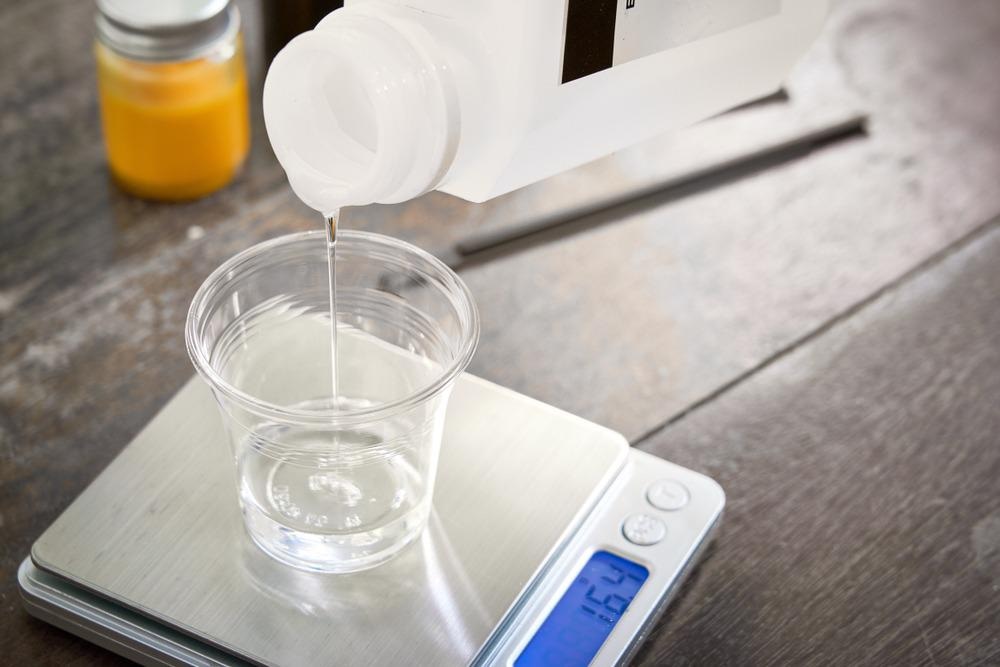Recently, an article was published in the journal ACS Nano which discusses the prospects of using graphene epoxy as an effective agent to protect against corrosion.

Study: Bio-inspired Multifunctional Graphene–Epoxy Anticorrosion Coatings by Low-Defect Engineered Graphene. Image Credit: PRJ/Shutterstock.com
Metallic corrosion is a major problem that must be addressed. To name a few consequences, natural and historic landmarks, as well as the possibility of catastrophic equipment failure, are all adversely affected by corrosion. It has attracted increasing attention to the importance of safety issues and has resulted in enormous economic losses each year.
How Does Corrosion Occur?
Generally, corrosion happens when a great number of the atoms on a metal exterior get oxidized, resulting in damage to the whole surface of the metal. When exposed to oxygen (as well as other compounds) in the air or water, the majority of metals oxidize quickly, losing electrons to the atmosphere or water.
As oxygen gets reduced (acquires electrons), it combines with the metal to produce an oxide.
Preventative Measures
Scientists have been working hard to establish methods to combat corrosion as it degrades the performance of metals. One such approach is the application of anti-corrosion coatings to metal surfaces, which is a cost-efficient and effective means of preventing corrosion.
Graphene anti-corrosion coats have been more popular in recent years as a means of protecting metals against oxidation and corrosion. One plus point of these coatings is that they have the potential to reduce both the volume and the amount of coating required, thus decreasing weight and reducing cost.
Graphene – The Holy Grail of Material Sciences and Engineering
Graphene is a thin sheet (monolayer) of carbon atoms linked together in a layout of hexagons that repeats over and over again in the absence of external forces.
The thickness of this sheet is merely one atom. Graphene is the strongest known substance and is harder than diamond but more flexible than rubber; stronger than steel yet lighter than aluminum; graphene is the strongest known material.
2-D nanomaterial graphene has superior structural, electrical, and thermal characteristics as well as chemical stability, making it a promising candidate for use in electronics. Additionally, considering that graphene is opaque to all molecules and is referred to as the ‘thinnest and most durable material’, it offers a strong possibility of shielding metals.
A large number of papers have showed that introducing graphene into polymers significantly improves the rust resistance of numerous organic compounds.
But Not So Fast…
There are a few obstacles which need to be overcome to fully employ graphene as an anticorrosion agent on metals. The first is its incompatibility when merged with polymers, which causes lower amount of dispersion while coating.
Another reason is the exhibition of random dispersion and orientation states by Graphene, resulting in the formation of a three-dimensional network, that may hasten the local electrolytic rusting of the substrate metallic material.
Biomimicry – An Inspiration
In this study, hybrid coating with an alternate "nacre-like" structure (which is the mother shell of a pearl) was devised and manufactured to showcase the best characteristics of both epoxy coating and engineered graphene, as well as the differences between the two materials. This is a bio-inspired approach, which comes under the domain of biomimicry.
Without delving too much into the details, the writers tried to build a bio-inspired multi-layered graphene-epoxy composite varnish which was created using an automated spraying technique using thoroughly distributed, low-fault tailored graphene-epoxy as functional filler.
Furthermore, poly-dopamine was used to enhance the distribution and fix structural defects of graphene (contact between graphene layers), as well as to bridge the closely packed graphene sheets and epoxy films (robust bonding) for the purpose of forming an ‘interlock’ formation to guarantee finished glaze between the nacre-like structure and the graphene.
By successfully integrating these changes, the team observed that during electrochemical measurements the coating resilience of the bioinspired coating had enhanced substantially. Furthermore, it was discovered that the highly eolotropic graphene coatings provided the coating with extremely anisotropic thermal and electromagnetic conductivities.
Additionally, because of these properties, the bio-inspired sheet was capable of performing self-healing of physical features and monitoring its health. This bio-inspired technology presents an intriguing way for fabricating greater Graphene nanomaterial coatings with functional properties that are both beautiful and useful.
Continue reading: Graphene Commercialization.
Reference
Ding, J., Zhao, H., & Yu, H. (2022). Bio-inspired Multifunctional Graphene−Epoxy Anticorrosion Coatings by Low-Defect Engineered Graphene. ACSNano. Available at: https://doi.org/10.1021/acsnano.1c08228
Disclaimer: The views expressed here are those of the author expressed in their private capacity and do not necessarily represent the views of AZoM.com Limited T/A AZoNetwork the owner and operator of this website. This disclaimer forms part of the Terms and conditions of use of this website.